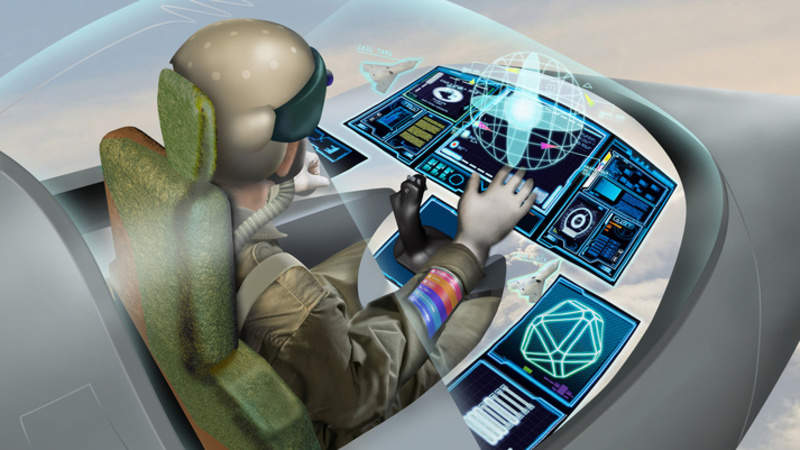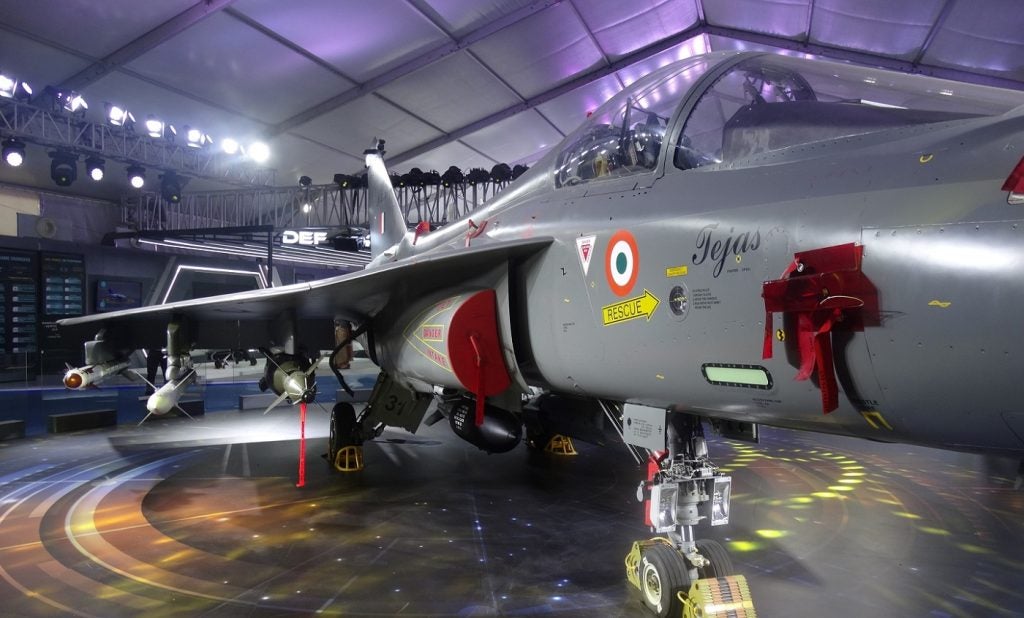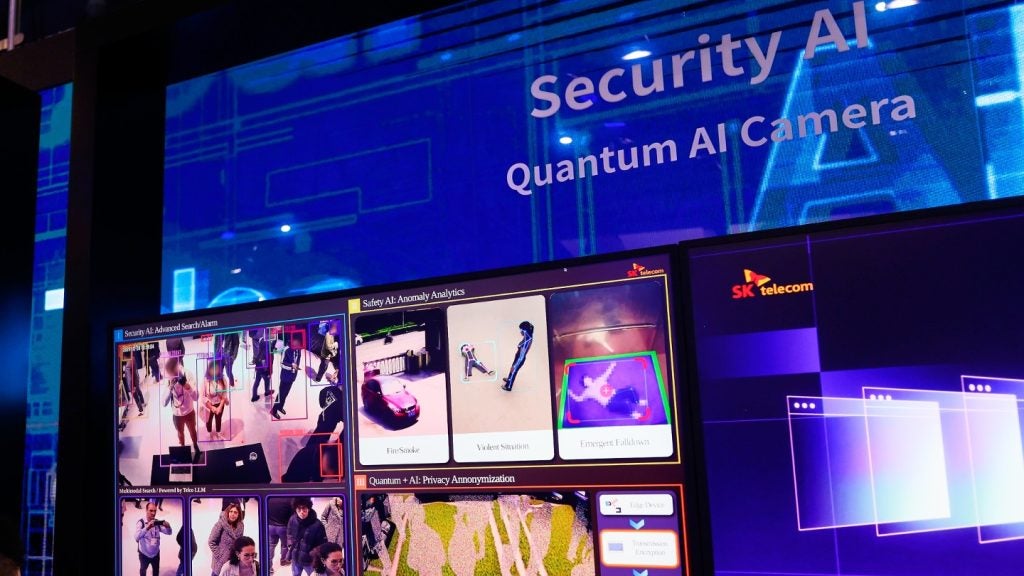
A team of experts at BAE Systems is developing eye tracking technology to enable pilots to control the future fighter jets.
The technology is being developed by a specialist team of BAE’s Human Factors engineers who collaborate to understand the needs of pilots.
Named ‘wearable cockpit’, the new technology will provide fighter jet pilots with a virtual display projected through the helmet.
This will enable pilots to quickly access, assess and act on critical information, providing easy control on the cockpit of the aircraft.
BAE Systems lead technologist Jean Page said: “In terms of future concepts, we are looking at what we are calling a ‘wearable cockpit’.
“Here, you remove many of the physical elements of the cockpit, and replace it with a virtual display, projected through the helmet. Essentially, it’s a software-only cockpit that’s upgradeable, adaptable and reconfigurable.”
How well do you really know your competitors?
Access the most comprehensive Company Profiles on the market, powered by GlobalData. Save hours of research. Gain competitive edge.

Thank you!
Your download email will arrive shortly
Not ready to buy yet? Download a free sample
We are confident about the unique quality of our Company Profiles. However, we want you to make the most beneficial decision for your business, so we offer a free sample that you can download by submitting the below form
By GlobalData“In such a world, we need to think about what controls are critical to the pilot and then make them easier to manage. Eye tracking gives you the option of looking at something to highlight it and then making a gesture to ‘press’ a button, rather than having a series of physical buttons on the aircraft.”
The eye tracking technology will be able to understand the direction where a pilot is looking during a particular phase of a mission and use intelligent systems to support task performance, reducing the pilot’s workload.
Jean added: “We want to do it in a way that doesn’t always ask for permission, because that would get very annoying very quickly but equally, it is essential that it is always evident to the pilot what task the intelligent system is performing.”






